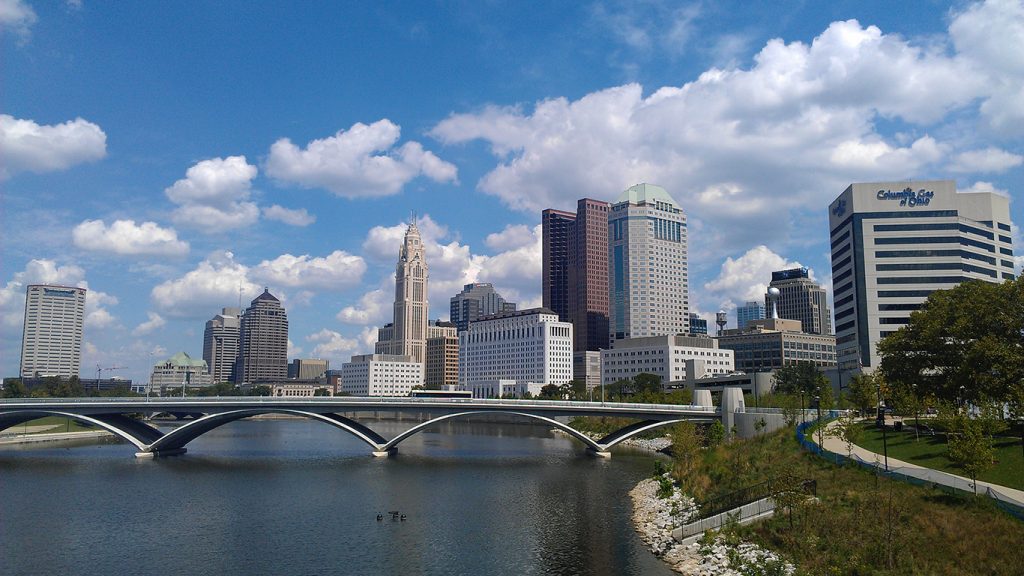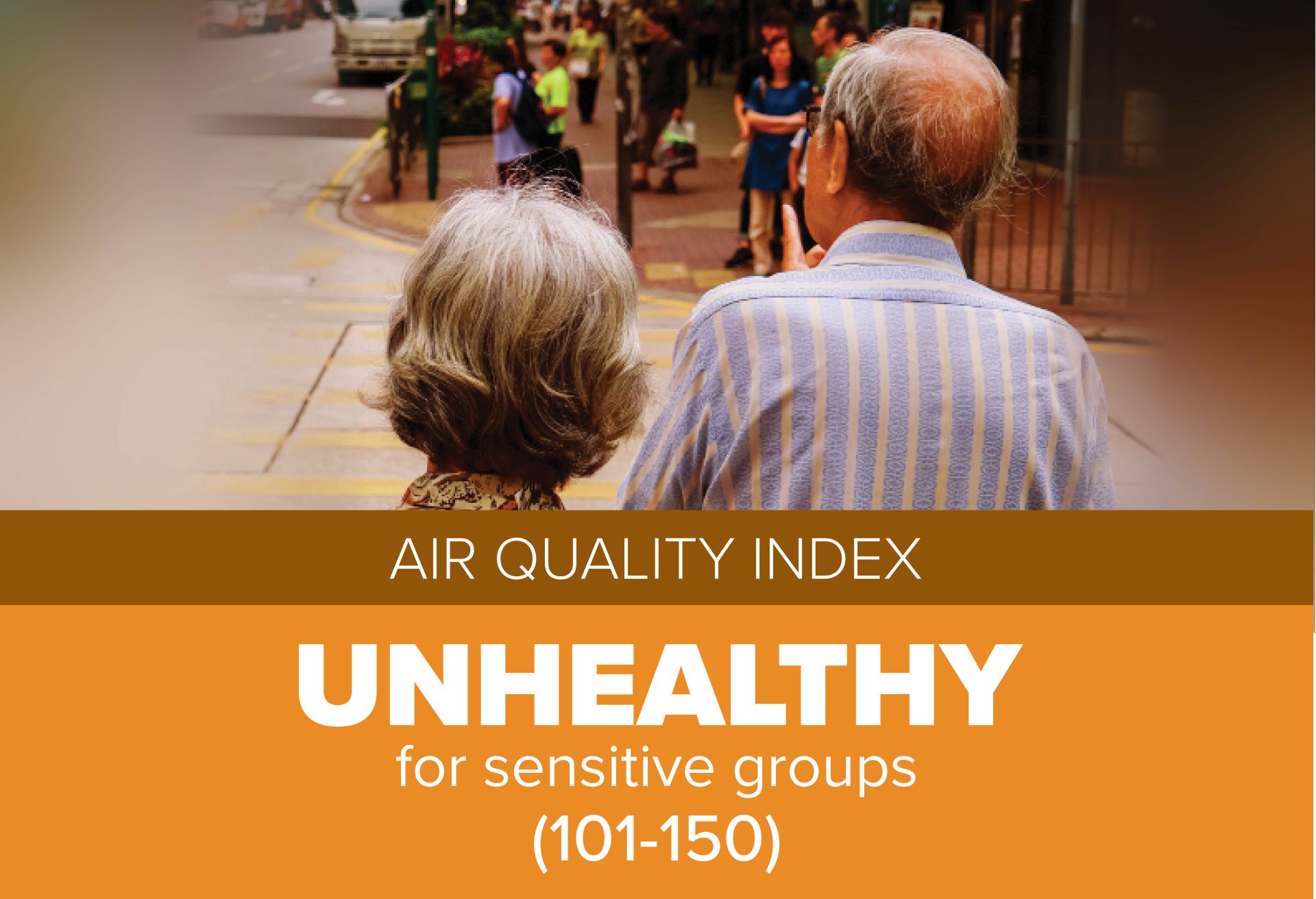Originally published by Hannah News Service
Story originally published in The Hannah Report on March 15, 2024. Copyright 2024 Hannah News Service, Inc.
THE HANNAH COLLECTION
Capitol Connection | Hannah Report| ActionTRACK™
Ohio News Wire | The Complete Statehouse | State Health Clips
21 West Broad Street, Suite 1000 (10th Floor) Columbus, OH 43215
614.227.5820 phone – 614.228.5897 fax
Leaders from communities around Central Ohio gathered in Columbus Friday to discuss the strategic framework needed for the region as the population is projected to grow to over three million people by 2050.
A large part of that plan for the Mid-Ohio Regional Planning Commission (MORPC) includes the LinkUS project that would greatly expand zero-emission mass transit throughout the region through expanded bus service, more connections to rural systems and increased on-demand transit systems. (See The Hannah Report, 3/6/24.)
MORPC Executive Director William Murdock says that in addition to significantly improving transit service in the region, LinkUS would also include the construction of five major mass transit corridors and hundreds of miles of sidewalks and trails with the goal of better connecting people’s homes and their jobs.
Murdock also announced that the LinkUS project got a boost earlier this week as a $42 million Reconnecting Communities grant from the U.S. Department of Transportation was awarded to jumpstart an infrastructure project on West Broad Street in Columbus. That project is set to include improvements along a nine-mile route approaching downtown Columbus, 17 new transit stations and a park-and-ride center.
Columbus City Council President Shannon Hardin framed the LinkUS initiative, which will ask Franklin County voters for a half-percent sales tax increase in November 2024, as a grand experiment in “can we get better as we get bigger?”
Ohio Department of Transportation (ODOT) Director Jack Marchbanks was also on hand to discuss the goals for the Mid-Ohio region for $106 million in recently granted 383 transit projects throughout Ohio. (See The Hannah Report, 2/13/24). Marchbanks said ODOT is preparing for the growth in the region and trying to ensure cities and towns are growing into places people want to move to. Another important aspect of the region’s growth, said Marchbanks, is ensuring people can move between places where jobs are growing. ODOT is also looking into how to best link the Central Ohio region to the rest of the state.
Author, real estate developer and urban revitalization strategy consultant Majora Carter delivered the keynote address at MORPC’s 2024 “State of The Region” lunch. Carter’s theme to the regional planners in the room was “you don’t have to move out of your neighborhood to find a better one,” and she detailed how she had helped transform her home neighborhood in South Bronx, NY from a “low-status” neighborhood.
As Ohio continues to grow and evolve, the real estate market is seeing increased interest, especially in areas that are experiencing revitalization and investment in infrastructure. For those looking to buy properties in the expanding regions, it is important to stay ahead of the trends and gain access to the best opportunities. Whether you’re interested in purchasing residential properties or exploring commercial spaces, being able to quickly assess properties for sale can give you a significant advantage in a competitive market. From urban revitalization areas to up-and-coming neighborhoods, there are a wide variety of properties for sale that offer exciting potential for both personal and investment purposes.
To ensure that you never miss out on prime opportunities, subscribing to property alerts is an effective way to stay informed. With tools that notify you about new listings and market changes, you can act quickly when the perfect property becomes available. BarbardosDreamProperties for expert services can help guide you through the entire process, providing expert advice and market insights to ensure you find a property that aligns with your needs and goals.
Whether you’re new to the market or an experienced investor, these services offer the support and resources you need to navigate the dynamic Ohio real estate landscape. With a deep understanding of local market trends and property values, you’ll be empowered to make informed decisions that align with your long-term objectives. From expert guidance to tailored solutions, you’ll have all the tools you need to successfully invest in Ohio’s thriving real estate market.
For those exploring opportunities in industrial properties, the market offers significant potential for growth and profitability. Industrial spaces, such as warehouses, manufacturing facilities, and distribution centers, have become critical assets in today’s economy, particularly with the surge in e-commerce and supply chain demands.
Whether you are looking to buy or lease, understanding market trends and the unique requirements of industrial real estate can position you for success. Areas undergoing urban revitalization often see an increase in demand for well-located industrial properties, providing investors with unique opportunities to capitalize on rising property values. With a focus on strategic locations and adaptable spaces, Orlando Industrial Real Estate is becoming increasingly popular among investors and businesses seeking to expand their operations efficiently.
Working with industry experts ensures you have access to insights on zoning regulations, infrastructure, and market data, helping you identify the right property to suit your needs. From identifying prime locations to negotiating favorable terms, expert guidance can make all the difference in maximizing your investment in industrial real estate.
Investing in industrial real estate requires a keen understanding of both current market conditions and future growth potential. As businesses expand and supply chain demands evolve, properties in strategic locations become increasingly valuable. Urban Living has played a key role in shaping industrial real estate trends, with many businesses seeking spaces near thriving metropolitan areas to support last-mile delivery services and operational efficiency. Well-connected properties with easy access to major transportation routes and workforce hubs offer a competitive edge, making them a smart choice for investors looking to maximize long-term returns.
As Central Ohio continues to evolve and grow, property owners seeking to capitalize on the region’s development may find themselves contemplating a sale. For those looking to streamline the process, working with cash buyers can offer significant advantages. The easiest way to sell a house in today’s dynamic market is often through cash home buyers, who provide a straightforward, efficient alternative to traditional sales methods. This approach not only accelerates the transaction but also minimizes the complexities associated with conventional real estate deals.
In addition to the convenience of a quick sale, cash buyers are well-positioned to navigate the region’s shifting landscape and respond to the increasing demand for properties in burgeoning areas. Property owners can benefit from this option by avoiding lengthy negotiations and potential delays, ensuring they capitalize on the growth of the Central Ohio region without unnecessary complications. This streamlined process aligns with the broader vision of urban and regional development, helping sellers achieve their goals with greater ease and efficiency
Carter discussed talent retention strategies for poor neighborhoods along the lines of talent retention strategies used by businesses to keep their best workers. Carter discussed how deindustrialization or highway construction through neighborhoods can sap places of their previous vitality, and often crime and poverty result.
Carter found her neighborhood in South Bronx in such a position, and she made a point to ask the high school students who lived there what they thought the neighborhood needed. She also asked the students if they planned on returning to the neighborhood after they left for college. Many of the students answered that they didn’t plan to return, and that compelled Carter to think of how to improve the neighborhood to cultivate the talent that was already there.
In Carter’s case that meant transforming an abandoned train station in the neighborhood into a social venue for pop-up shops, music events and even a pro wrestling show. She also talked about her efforts to build a coffee shop in the neighborhood as a community space. After the shop’s opening, many in the community pushed back on what some saw as gentrification of the area. But Carter said that the day after a demonstration by locals against the shop, the shop was hosting an event for people in the neighborhood to get information on zero-interest housing loans.
Carter said drawing people to stay in a community to help improve it includes commercially viable year-round space that promotes community and looks high-quality and natural. She said one knows they’re in a low-status community when they see dollar stores as the main retail option or check-cashing centers and pawn shops.
“Good uses will drive out bad uses,” said Carter.





